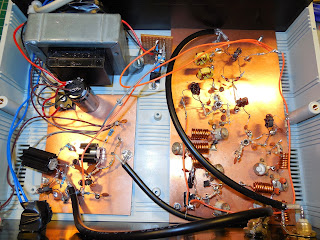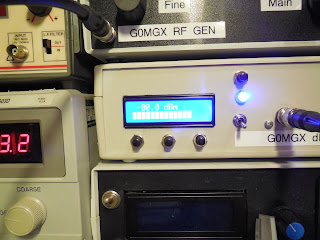Well,
For the past two nights I have left my TS-590 running an output power of about 20 watts on the 80M WSPR frequency.
Personally I find WSPR a truly brilliant invention and the ability that the software has of pulling very weak signals out of noise simply astounds me. All of the K1JT modes can be considered in the same light - they are pure genius and astound me every time.
Here's the results of the night before last:
and last night:
All this using the piece of string I made for an 80M antenna back here:
http://g0mgx.blogspot.co.uk/2013/12/80m-into-43-feet-that-doesnt-go.html
Stunning, egh?
For the past two nights I have left my TS-590 running an output power of about 20 watts on the 80M WSPR frequency.
Personally I find WSPR a truly brilliant invention and the ability that the software has of pulling very weak signals out of noise simply astounds me. All of the K1JT modes can be considered in the same light - they are pure genius and astound me every time.
Here's the results of the night before last:
and last night:
All this using the piece of string I made for an 80M antenna back here:
http://g0mgx.blogspot.co.uk/2013/12/80m-into-43-feet-that-doesnt-go.html
Stunning, egh?



















































